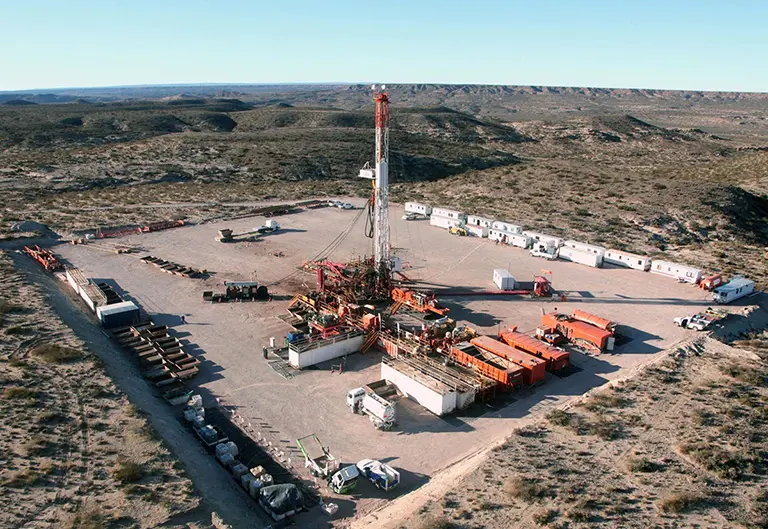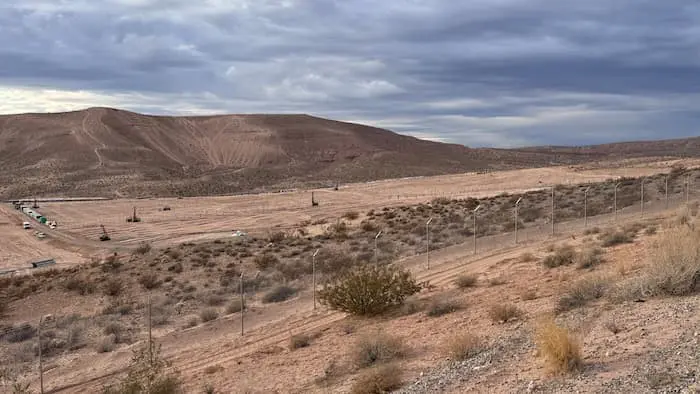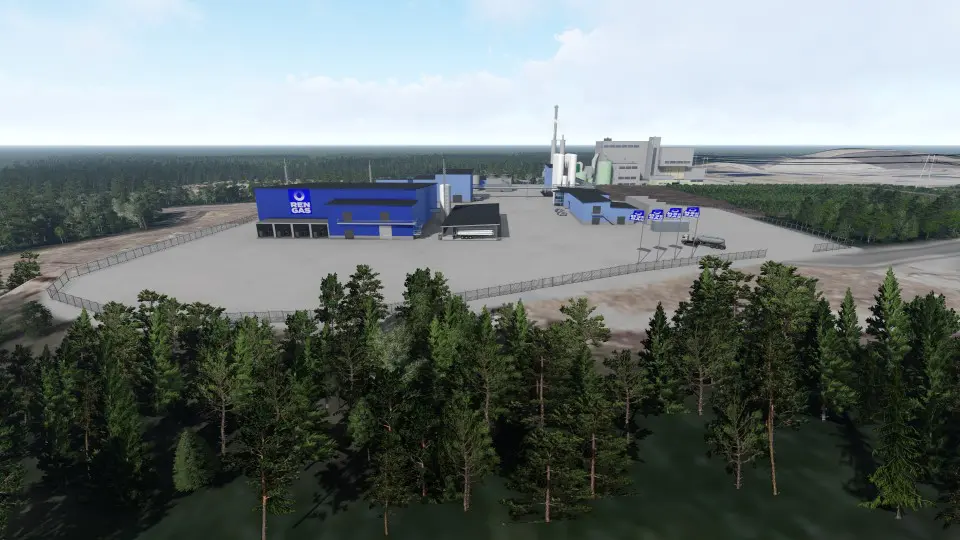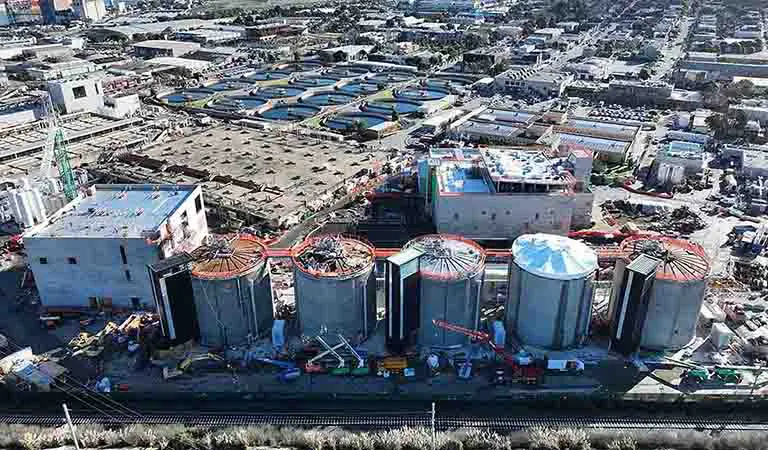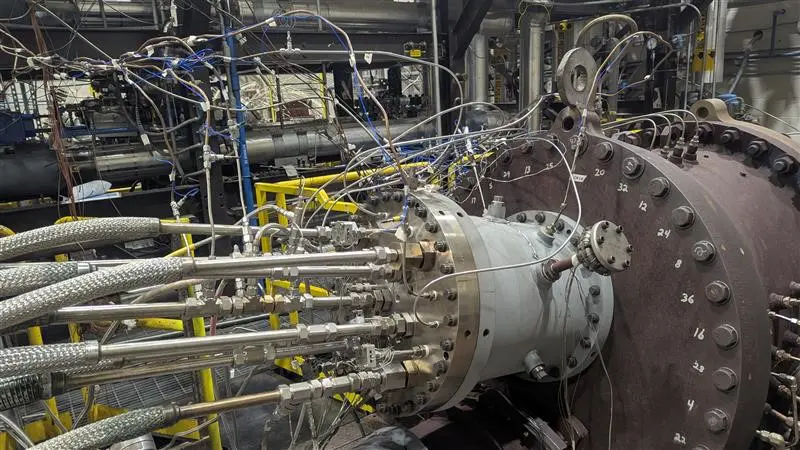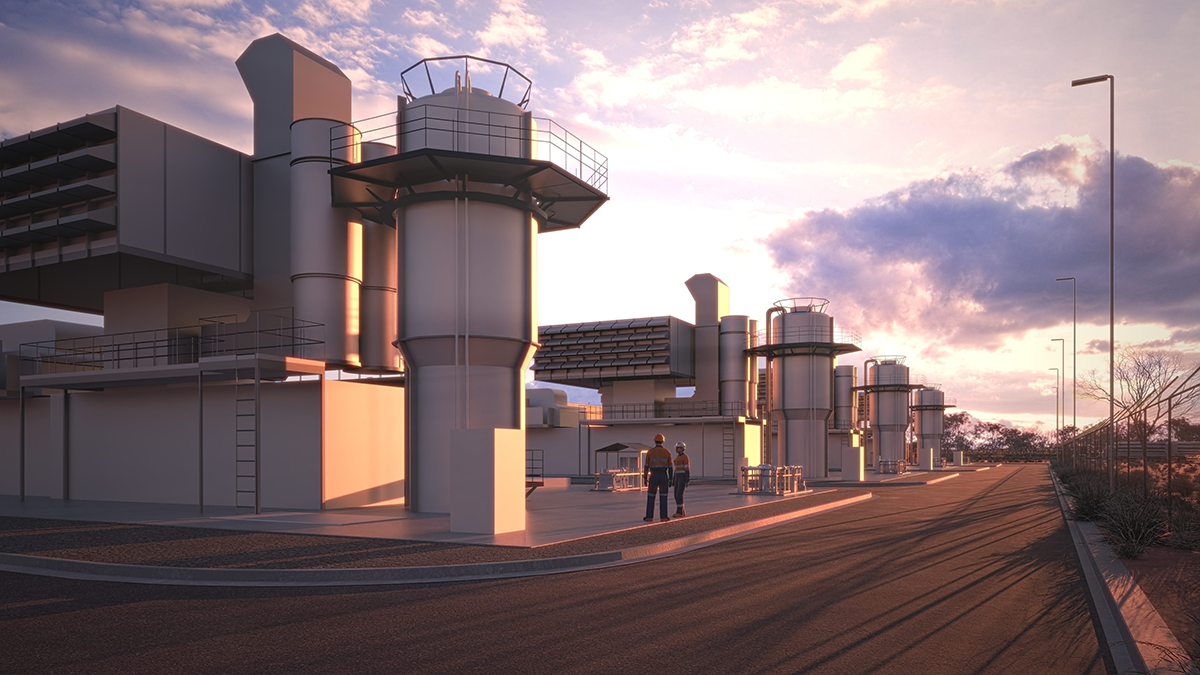
Department Of The Interior Announces New Five-Year Offshore Wind Leasing Schedule
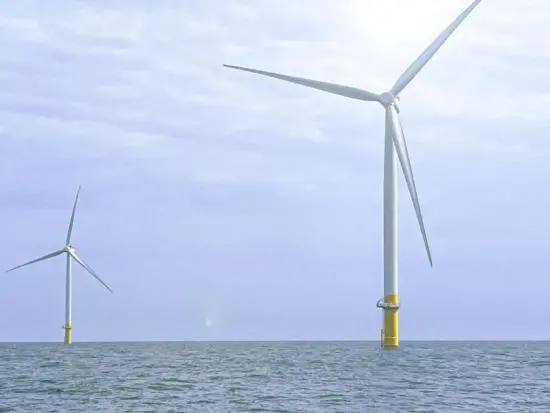
The Department of the Interior (DOI) announced a new five-year offshore wind leasing schedule, which includes up to 12 potential offshore wind energy lease sales through 2028. Future offshore wind energy lease sales from the Bureau of Ocean Energy Management (BOEM) are anticipated in the Atlantic, Gulf of Mexico, Pacific, and the waters offshore of the US territories in the next five years. The leasing schedule includes four potential offshore lease sales in 2024, one each in 2025 and 2026, two in 2027, and four in 2028.
Since the start of the Biden-Harris administration, the DOI has approved the nation’s first eight commercial-scale offshore wind projects, held four offshore wind lease auctions — including a record-breaking sale offshore New York and the first-ever sales offshore the Pacific and Gulf Coasts, and advanced the process to establish additional Wind Energy Areas in Oregon, the Gulf of Maine, and the Central Atlantic. Thus far, the DOI has approved more than 10 GW of clean energy from offshore wind projects — enough to power nearly 4 million homes. The DOI has also taken steps to grow a sustainable offshore wind industry by encouraging the use of project labor agreements, strengthening workforce training, bolstering a domestic supply chain, and through enhanced engagement with Tribes, fisheries, underserved communities, and ocean users.
“The Biden-Harris administration, led by BOEM, has built an offshore wind industry from the ground up after years of delay from the previous Administration. As we look toward the future, this new leasing schedule will support the types of renewable energy projects needed to lower consumer costs, combat climate change, create jobs to support families, and ensure economic opportunities are accessible to all communities,” said Secretary of the Interior Deb Haaland. “Our offshore wind leasing schedule will provide predictability to help developers and communities plan ahead and will provide the confidence needed to continue building on the tremendous offshore wind supply chain and manufacturing investments that we’ve already seen.”
“As the transition to a clean energy economy continues to accelerate, BOEM hopes to provide certainty and transparency by regularly providing a renewable energy leasing schedule,” said BOEM Director Elizabeth Klein. “Routinely issuing a leasing schedule demonstrates our commitment to a long-term portfolio of leases and provides advance notice to stakeholders of the areas that are being considered for future lease sales, and facilitates planning by Tribes, states, localities, interest groups, academia, non-profits, fisheries, federal agencies, and other stakeholders.”
The DOI said that the President’s Investing in America agenda is growing the American economy from the middle out and bottom up — from rebuilding our nation’s infrastructure, to driving more than half a trillion dollars in new private sector manufacturing and clean energy investments in the United States, to creating good-paying jobs and building a clean energy economy that will combat the climate crisis and make our communities more resilient. The Biden-Harris administration is harnessing these historic investments and using tools from across federal agencies to support the growing American offshore wind industry, leading to construction of the nation’s first commercial-scale offshore wind projects and new jobs in factories and shipyards across the country.
In 2021, Secretary Haaland announced an offshore wind leasing schedule through 2025. The new offshore wind energy leasing plan includes the following sales over the next five years:
| Year | US Outer Continental Shelf Region |
| 2024 | Central Atlantic, Gulf of Maine, Gulf of Mexico, and Oregon |
| 2025 | Gulf of Mexico |
| 2026 | Central Atlantic |
| 2027 | Gulf of Mexico and New York Bight |
| 2028 | California, a US Territory, Gulf of Maine, Hawaii |
(Data Source: US Department Of The Interior)
BOEM will continue to work through its Intergovernmental Renewable Energy Task Forces, which include representatives from federal, state, and local agencies, and Tribal governments, to coordinate on potential lease sales and support ongoing stakeholder engagement processes on broader offshore wind considerations — for example, state-led development of strategic roadmaps on offshore wind, which can help inform the multi-year process for proposed projects.

